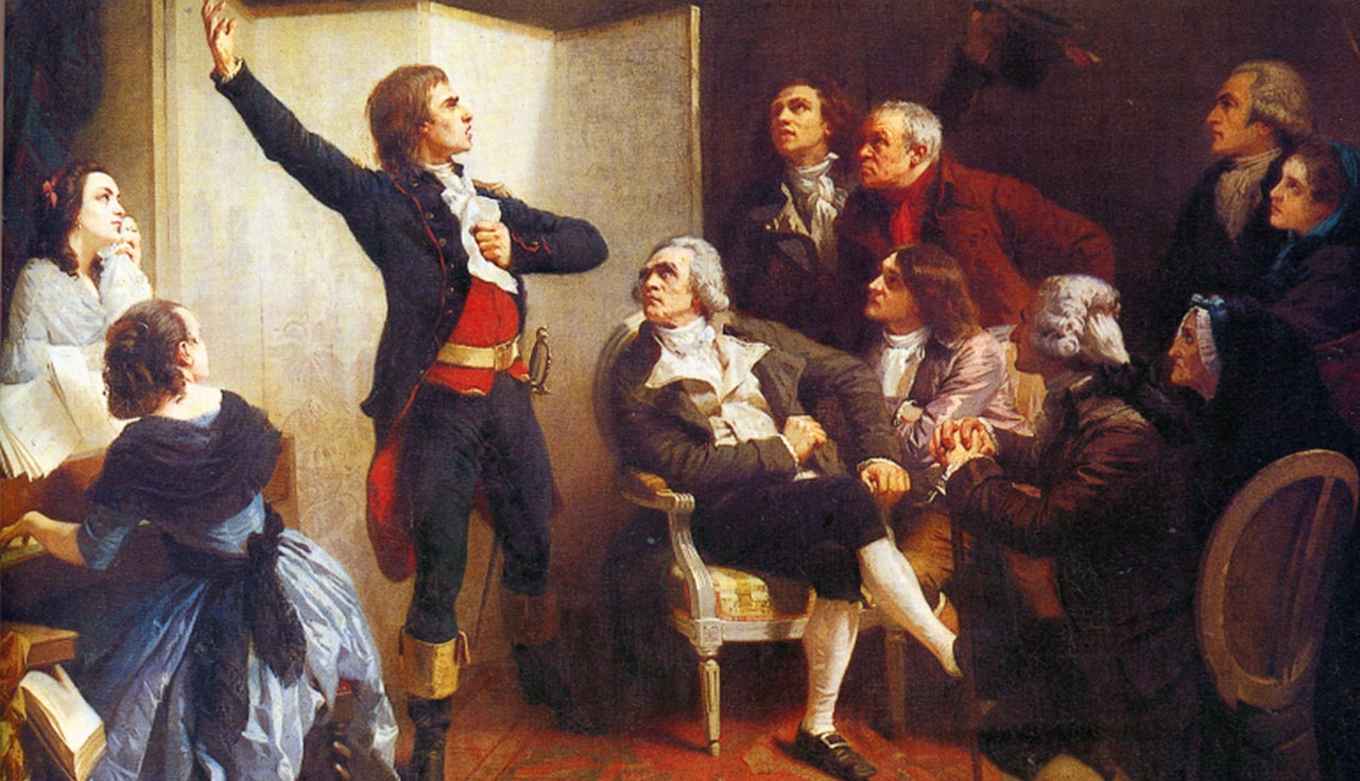Culture disseminated nationalism in Europe
Joep Leerssen presents monumental encyclopaedia
22 mei 2018

Together with 350 fellow researchers from dozens of countries, Leerssen spent ten years working on the Encyclopedia of Romantic Nationalism in Europe (ERNiE), which documents the spread of European romantic nationalism in the 19th century. Over 60,000 cultural expressions (varying from opera to folklore and from monument conservation to language movements) from across Europe – from Iceland to Macedonia and from the Basque Country to Finland – have been collected and analysed.
Ongoing influence
The encyclopaedia documents the presence and consequences of the increase in cultural awareness during the early decades of European nationalism. It shows how a transnational network of intellectuals, historians, novelists, poets, artists, folklorists and composers defined the national identities and aspirations which came to determine European history and politics, with influences which are still perceptible today. Alongside politics and power relations, culture was therefore a crucial factor in the formation of the modern-day European nations and states. Not only did culture make nationalism possible, culture was the primary means of communication which led to the transnational dissemination of nationalism.
Political tensions
‘Most European states and national movements owe their current form to a wave of culturally inspired enthusiasm which washed across Europe between Waterloo (1815) and Sarajevo (1914): romantic nationalism’, says Leerssen. ‘The study of this cultural-historical rootedness and ramification helps to explain the current political tensions in and around Europe. This understanding is very much needed if we are to protect our democratic society.’

On 16 May, Leerssen presented the first copy of the encyclopaedia to Michael Ignatieff, Rector Magnificus of the Central European University (CEU) in Budapest, as a gesture of support. This university faces an uncertain future as the result of controversial new legislation in Hungary. CEU is an important partner in Leerssen's project.
Publication details
Joep Leerssen (ed.): Encyclopedia of Romantic Nationalism in Europe (Amsterdam University Press, 2018). ISBN 978 94 6298 118 8.
The encyclopaedia is not just published in book form but is also available online, with open access. The digital version also includes moving maps which show the routes of letters and developing networks.
Presentation on 4 June
During the presentation, together with José van Dijck (president of KNAW and professor at Utrecht University), Fred Weerman (professor of Dutch linguistics and dean of the Faculty of Humanities at the UvA) and Michael Wintle (professor of Modern European history at the UvA and director of the Huizinga Institute), Leerssen will be discussing nationalism, romanticism and populism. The speakers will connect the cultural history of Europe with present-day politics.
The presentation will take place from 4 pm until 5:30 pm on Monday 4 June in SPUI25, Spui 25-27, Amsterdam. Attendance to the event is free but must be booked in advance.